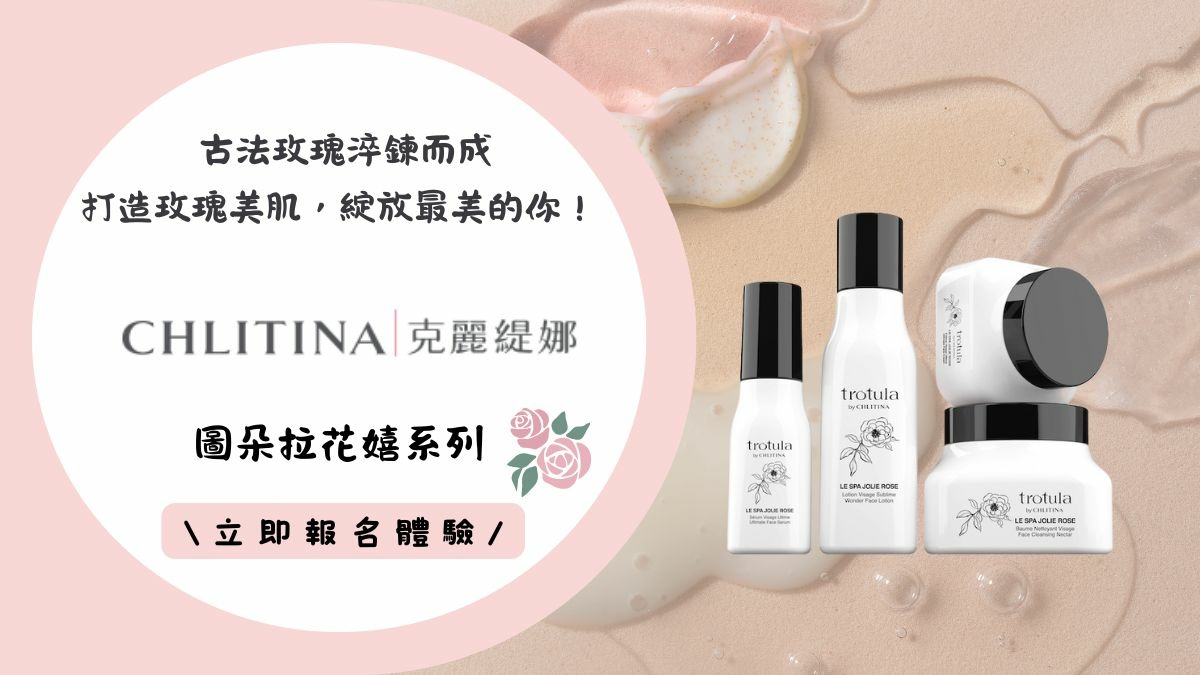suggestions from AmyLord@ptt.cc
Company Sees Leap for Cellphone Cameras By ASHLEE VANCE, Published: March 21, 2010
MENLO PARK, Calif. — Mobile photographers could soon have much better cameras on their cellphones, thanks to technology known as quantum dots.
感謝 “量子點” 這項新技術,喜歡用手機照相的使用者,很快就能擁有比現在更好的手機相機了「量子點」這項新技術即將為喜歡用手機照相的人帶來福音。
InVisage Technologies, based in Menlo Park, Calif., has spent more than three years trying to build a proprietary film that coats the image sensors used in cellphone cameras and allows them to capture more light. The film stands as a rare commercial use of an exotic semiconductor material called a quantum dot.
座落在加州曼儂科技園區裡的InVisage 科技公司已經花了三年多,嘗試製造出一種覆蓋在影像感測元件上讓其能夠捕捉到更多光源的專利薄膜。這種薄膜是以一種被稱做 “量子點” 的稀有半導體物質製造的。
InVisage Technologies 嘗試研發一種 film,這種 film塗佈在手機相機的影像感測元件上,可以讓相機捕捉到更多的光線。
Jess Lee, the chief executive of InVisage, said the company’s lab tests had convinced him that within two years cellphone companies would be able to offer cameras that work about four times better than today’s cameras, particularly in low light.
InVisage的執行長Jess Lee說,InVisage實驗室的測試已經讓他相信,在兩年內手機廠商將能夠提供使用者特別是在低光下性能比現在好上四倍的內建相機。兩年內,市面上的手機相機效果將可比現在好上四倍,在低光源的環境裡尤其如此。
The image sensors in cellphone cameras now use silicon to capture light, which is then processed to create a picture. Companies making these sensors have run into problems as they keep shrinking and tweaking the innards of the devices so that they can absorb more light.
現在手機相機的影像感測元件使用矽來捕捉光源並顯影。製造這些感測元件的廠商已經碰到了一些問題—為了要捕捉更多的光,矽會持續的使相機裡的零件縮小或扭曲變形。廠商為了收到更多光線去調縮零件,但卻遇到瓶頸。
The limitations of cameras based on this technology often appear when people try to take photos in low light, resulting in a blurry image.
人們想在低光環境下照相時,相片往往會變得模糊,更突顯了這項技術製成的手機相機的缺點。
這種相機在光線不夠的時候,拍出來的照片就很容易模糊。
“With the current techniques, you might have technology that’s 10 percent better two years from now,” Mr. Lee said. “The big guys have hit a brick wall, and it will only get harder and more expensive for them to fight it.”
「以我們現有的技術來說,你有可能在兩年內就擁有比這好上10%的科技。」Lee說。「這些大企業已經撞遇上瓶頸了,對他們來說,對抗克服只會更困難、也花費更多的錢。」
Rather than trying to refine the silicon technology, InVisage turned to quantum dots to build what it calls Quantum Film, a layer of semiconductor material that gathers light better than silicon, Mr. Lee said.
Lee說,Invisage並沒有想繼續發展矽技術,而是轉向量子點,並用它來製造「量子薄膜」-一層可以比矽留住更多光的半傳導物質。而是轉向利用量子點技術,製造名為『量子 film』的半導體物質。這種物質收光的功效比矽更佳。
Researchers have spent years working on quantum dots with little success. They are essentially semiconductor particles about a nanometer — or a billionth of a meter — in size. Technologists want to control the physical properties of the quantum dots to make them behave a certain way.
研究人員已徒勞無功的花費數年在研究量子點上。量子點是一種大約奈米大(或說是一公尺的十億分之)的半導體分子。技術專家想控制其物理性質來讓它們可以乖乖聽話。量子點是一種半導體分子,大小約一奈米(即百萬分之一公釐)大。目前的研究目的在於利用物理特性操縱量子點。
Typically, researchers must build the quantum dots with exotic materials and then struggle to control their properties in a repeatable fashion.
一般來說,研究人員必須用一些特殊物質來製造量子點,並重複的費力控制它們的性質。
Morry Marshall, the vice president for strategic technologies at the chip consulting firm Semico Research, said that if InVisage had figured out how to use quantum dots effectively, it could mean a huge leap in camera performance. “I don’t know of any technology right now that is even close,” Mr. Marshall said.
Morry Marchshall,一家晶片諮詢企業中技術策略部門的副主席說,Morry Marchshall 是一家晶片諮詢企業中技術策略部門的副主席,他表示:「Invisage如果能夠找出有效使用量子點的方法,在手機相機的效能上就能做出大躍進。「沒有其它我所知比這更成功的量子點技術了。」
Mr. Lee declined to reveal what materials InVisage had used to build its dot, calling it the company’s secret recipe. He did, however, show off vials of the quantum dots suspended in a liquid. The liquid is spread across the top of an image sensor. Mr. Lee expects that companies producing image sensor chips could use the film without substantial changes to their existing equipment.
Lee拒絕不願透露Invisage用了什麼物質來製造量子點,他說這是他們的獨門配方。然而,他的確向我們展示了一瓶裝著其中懸浮著量子點的液體。這些液體會被塗在影像感測元件上。Lee希望製造影像感測元件晶片的公司能夠在不需改變現有設備的方式在來使用這些薄膜。Lee 希望,晶片廠商只要將這些液體塗佈在現有晶片上即可,無須在元件上作任何另外的改變。
Rather than licensing the film to companies like Sony, Toshiba or Aptina, InVisage plans to make its own sensors and sell them directly to cellphone companies.
而Invisage也準備自行生產感測元件並直接銷售給手機廠商,而不是以專利方式將這層薄膜賣給索尼、東芝,或Aptina。
“We expect to start production 18 months from now,” Mr. Lee said.
「我們希望可以在18個月後開始量產。」
With such technology, the current three-megapixel camera found in the Apple iPhone could be turned into a 12-megapixel camera that works better in varying light conditions, Mr. Lee said.
有了這項技術,現在Apple Ipohne上三百萬相素的相機,在未來將可以變成1200萬相素,並且在不同的光源下表現得更好。
Ken Salsman, the director of new technologies at Aptina, a major manufacturer of image sensors for cellphones, conceded that silicon-based sensors had proved tough to advance. But he said that Aptina had managed to improve its technology through some novel techniques, and that InVisage might be “in for a very rude surprise.”
Ken Salsman,Aptina新技術部門的經理,同意矽元件的確難以繼續發展。但他同時也說,Aptina已付出極大的努力來以一些嶄新的科技來提升現有的技術,而Invisage有可能會因此而大吃一驚。
Still, Mr. Salsman commended InVisage for trying something new in this field. “I am very excited to see what they’ve got,” he said. “Having a true change in performance never hurt the industry.”
Salsman也觀察到Invisage嘗試著要在這領域中找到一些新的東西。Salsman 對 Invisage 的嘗試抱持嘉許的態度,「我很興奮能看到他們的收穫,在效能上真正的轉變進步對工業有益無害。」
自我檢討
1. 最後一段把commend(嘉許)當comment(評論),這種錯誤也實在是太誇張…
2. 靈活的語句排序可以讓句子更通順。
3. 字彙量還真是不足…
下次文章:2010/04/23


 留言列表
留言列表


